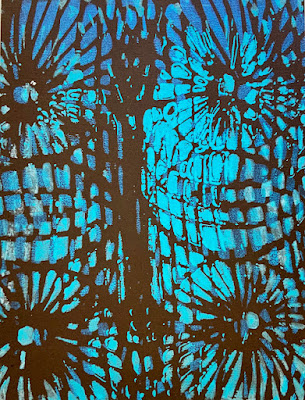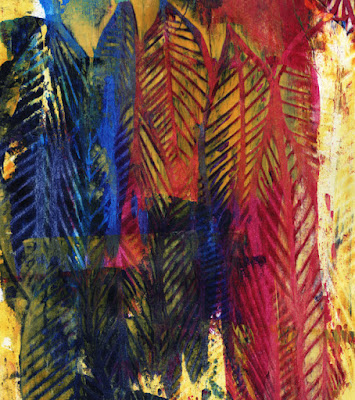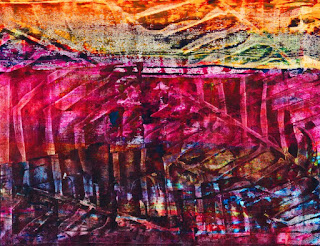Judi Kauffman is a friend who has opened a door to let me peek into a world I've never explored. I came into this with so little knowledge on this topic that I went to the Internet to educate myself. Here's what I found --
Die-cutting is a process whereby a die is used to cut through materials such as paper and card on a die press. The process allows you to make an identical cut into material numerous times. For each job, a die, which is a shaped blade, is custom made for the item being created.
For a complete understanding of this topic, I highly recommend this website because in just a few words, with a few corresponding photos, the world of die-cutting is laid open.
As I read thru the material cited above, I was reminded that in one basic way, the process is very similar to what happens in stencil creation. Both processes start with a specific design. Then their paths diverge. In die-cutting, the design is translated/copied by blades shaped to match the original design. At StencilGirlProducts.com, the design is cut from high-quality Mylar using a laser. The die-cut goes on to create as many matching cut-outs as the heart desires. The stencil goes on to allow paint or dry media form an imprint on a substrate, and these prints can be made in endless variety.
Today's post will include two examples of die-cutting, one from the skilled fingers of Judi Kauffman and another from a manufacturer of self-adhesive decorative stickers, Paper Wishes.
But first things first. Before any paper became material for die-cutting, it needed printing to make it interesting. Judi chose my 9" x 12" Twinship Stencil L268 -- which is actually a mask labeled as a stencil, but I digress! -- to make Gelli Plate prints using the colors below, as well as other colors which will appear in the die-cut examples that will follow ...
 |
| Above: This eye-exciting print has a foreground in a hot color, red, while its pre-printed background features cool blues and aquas. |
 |
| Above: Another yummy color combination. |
 |
| Above: This bright aqua is an attention magnet! |
 |
| Above and below: Creativity is the art of exploring new options and color combinations. |
 |
Now for the die-cut creations (notice the frame-like mountings and the surprise treats behind the doors:)
 |
| Above: a delightful surprise gift from Judi to me! This is the front of a greeting card. |
 |
| Above: Cancelled postal stamps make these fun! |










































